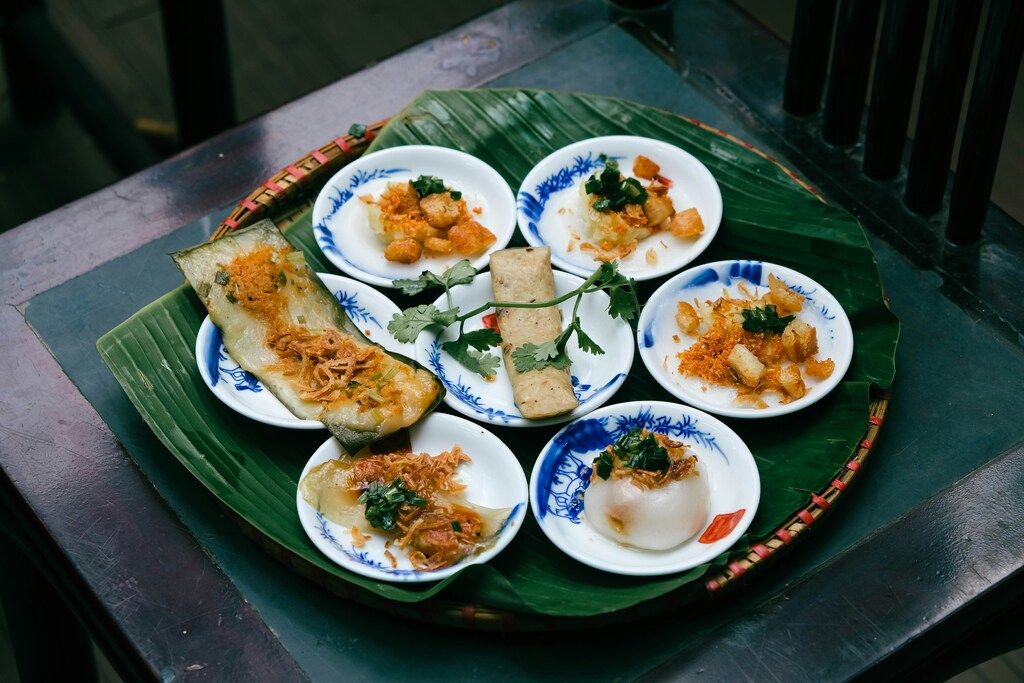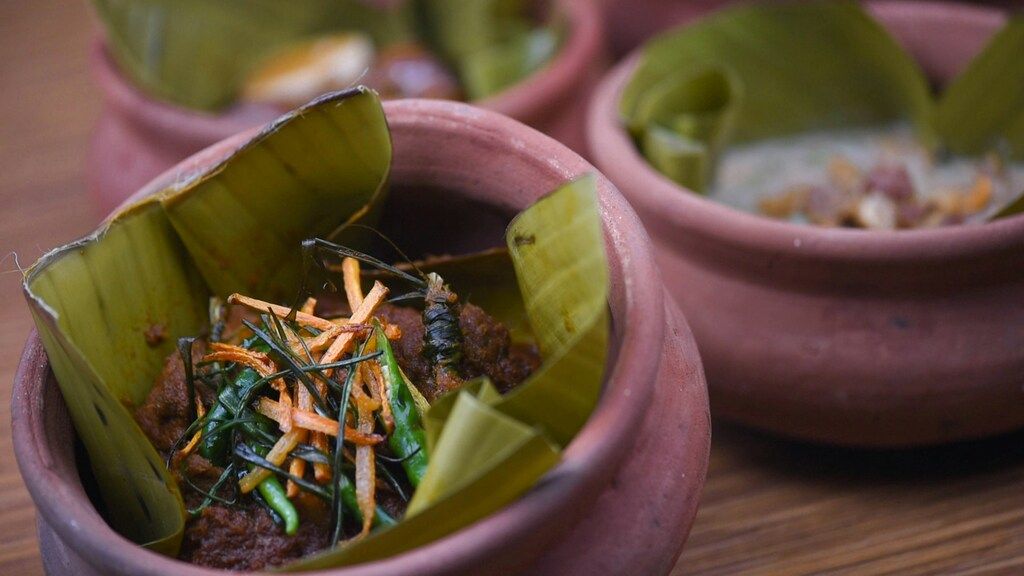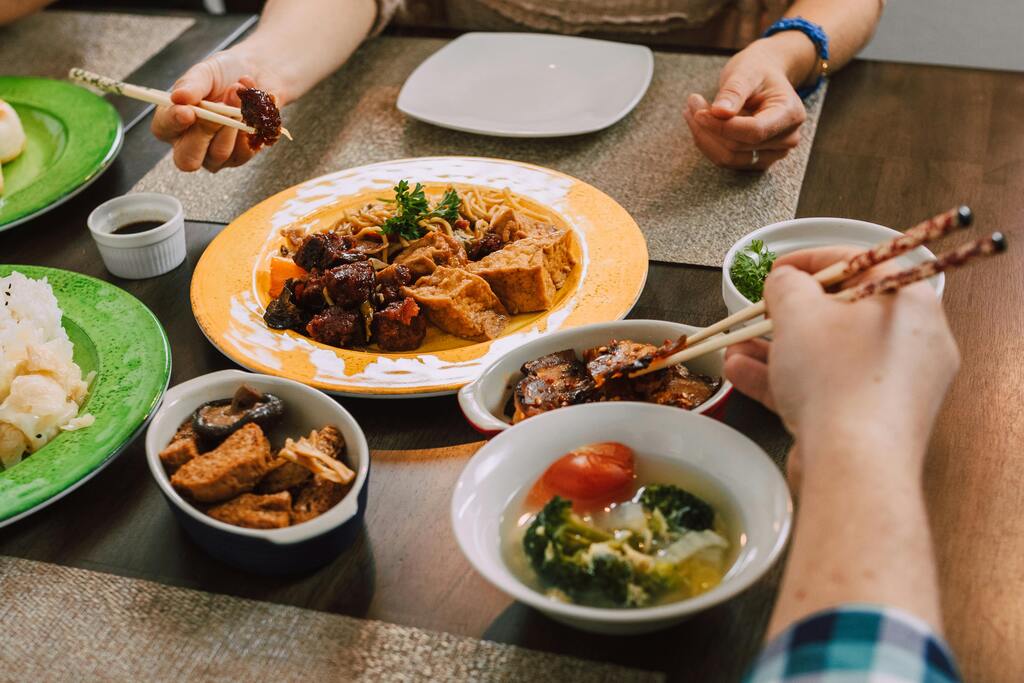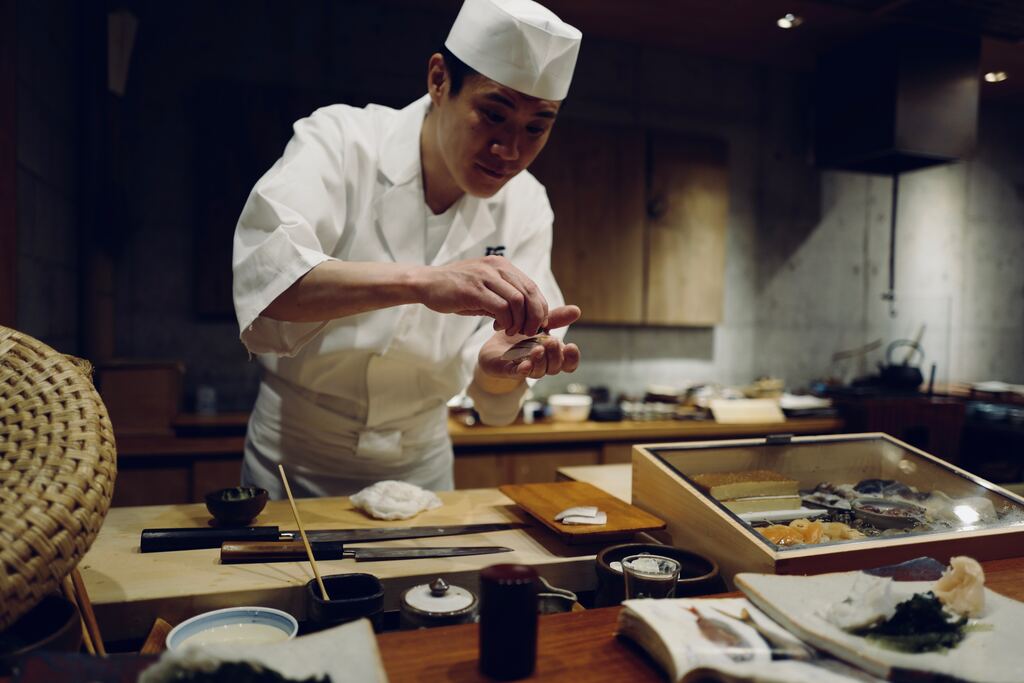

Japan is foodie heaven! If you think Japanese cuisine extends as far as sushi and instant noodles, then think again. There are Japanese meals to suit every taste, from naturally vegan treats to spice-laden curries. Experimentation is the name of the game here, so many of the most popular Japanese dishes draw influence from other countries. Chefs put a unique local spin on favourites like burgers, curry and dim sum, creating something new, vibrant and totally delicious.
If you’re planning a trip to Japan, one thing’s for sure — you’re bound to eat well. Grab your elasticated waist pants, get some practice wielding a pair of chopsticks, and do your best to work up an appetite. You’re about to discover one of the world’s finest gastronomic offerings…
Sushi and sashimi
Yes, it’s obvious — but sushi is the national food of Japan, so it needs to be at the top of our list. When you try freshly made sushi in a real Japanese restaurant, you’ll be blown away by its delicate flavour and succulent texture. Taste some of this famous food in Japan, and you’ll find that it’s truly a world away from the prepackaged supermarket sushi you can find in other countries.
Here’s a pro tip to get down with the local lingo: the word sushi actually refers to the rice, which is mixed with a specially seasoned vinegar to give it that unique tang. If you feel a little squeamish at the idea of raw fish, don’t worry. There are different types of sushi available. You’ll find sushi made with eggs, tofu, meat and other ingredients rather than salmon or tuna.
On the other hand, if you can’t get enough of the slimy stuff, then go for sashimi. This word refers to the thin slices of raw fish that you’ll often find as part of a sushi platter. The Japanese take food hygiene very seriously, so the fish you eat will be extremely fresh. Enjoy it with just a hint of soy sauce or wasabi, but not too much. Overpowering the delicate flavour is a real culinary crime in Japan.
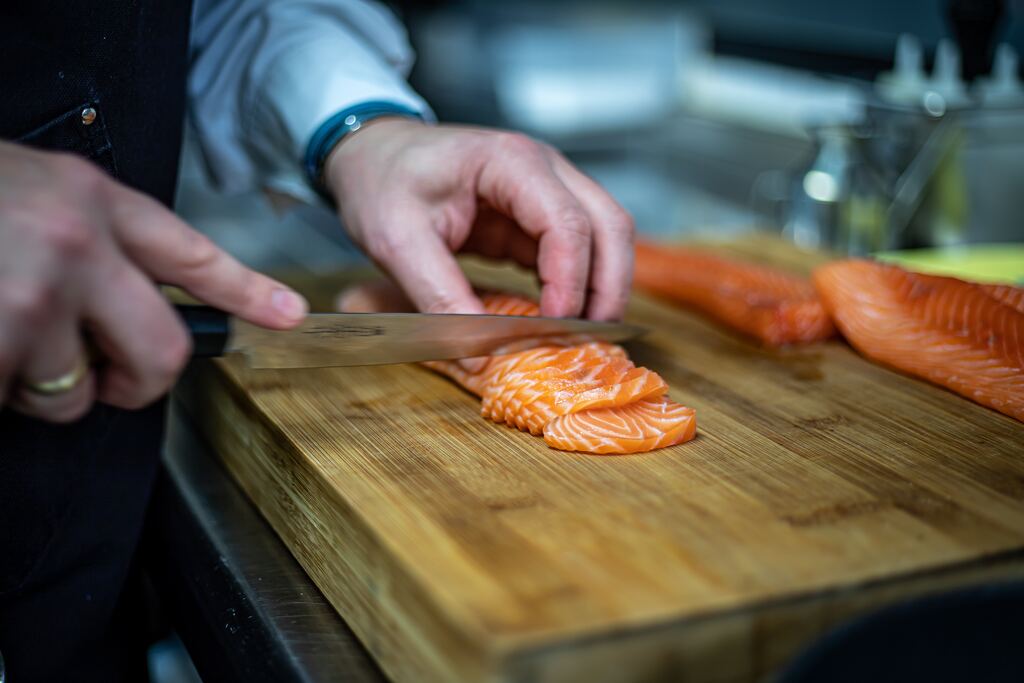
Noodles
It would be a crime to leave Japan without indulging in some ramen. You might be more familiar with pot noodles, but we promise you’ll never look back after you try the real thing. Ramen is a serious business in Japan, with the finest restaurants charging a small fortune for their noodle bowls. Luckily for the budget traveller, you can also find delicious, flavour-packed bowls of noodles for less at stalls and restaurants across the country.
For a change from ramen, try Japanese noodle yakisoba. This is a stir-fried noodle dish, but it doesn’t have the fiery flavours of Pad Thai. Instead, it uses a carefully balanced sauce that blends sweet, savoury and umami-rich ingredients to create something that’s totally unique.
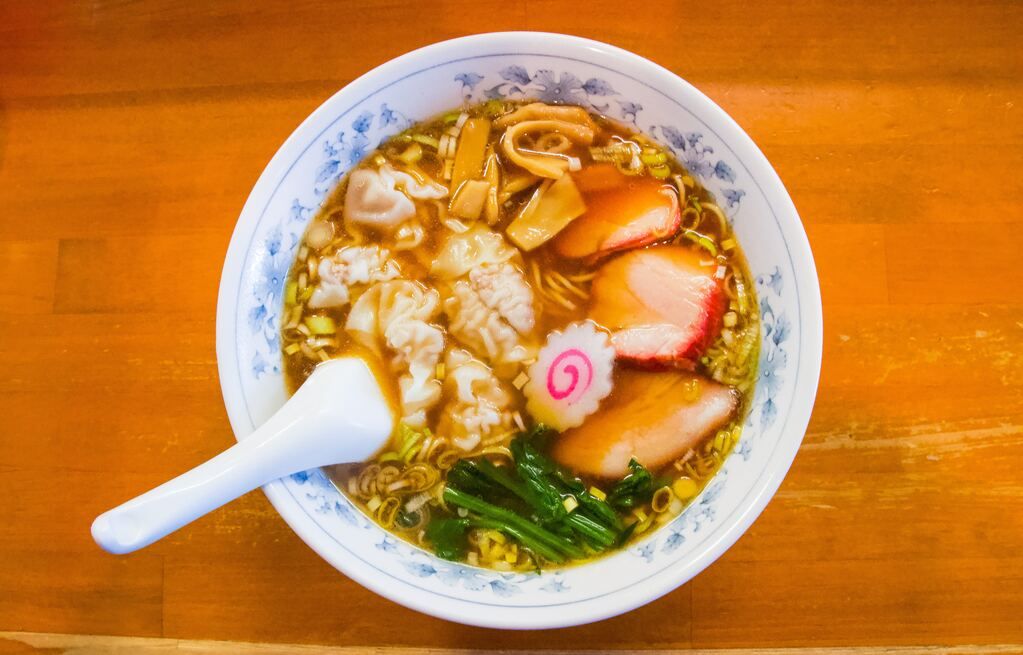
Rice
It’s no surprise that many of the best Japanese cuisine dishes use rice as a starting point. In fact, rice is an essential part of almost every meal. Locals eat it with chopsticks, which may sound scary — but it’s easier than you imagine. Unlike basmati, Japanese rice is supposed to be a little bit sticky, which helps you pick it up with your sticks.
Some of the most popular dishes are donburi bowls, which are basically rice bowls. The flavour-rich ingredients get piled on top of the rice, soaking it with sauce. Try oyakodon, a donburi bowl with chicken and eggs that’s the ultimate Japanese comfort food. Because it mixes chicken and egg, the name oyakodon literally means “parent and child” — best not to think too hard about that one!
There are also some unusual rice dishes that you might want to try. Omurice, a popular everyday food in Japan, is a wafer-thin omelette wrapped around rice. The traditional seasoning? Ketchup! Yes, really. This family favourite is popular with young and old alike and puts a fresh spin on your favourite condiment. Alternatively, try ochazuke, a rice dish made with green tea that’s perfect on a cold day.
Japanese curry
Japanese cuisine will never blow the taste buds out of your mouth, but there are some spicier dishes. If you’re used to Thai or Indian food, then Japanese curries may come as a surprise. They have just a hint of heat, with a spice blend that’s delicate rather than fiery.
Among the Japanese curry dishes, the most famous is katsu curry. In the West, chicken katsu is the best-known version, but tradition dictates that katsu should be made with a breaded pork chop. After being cooked, it is cut into strips and arranged on a bed of — you’ve guessed it — rice. The meat isn’t cooked in the katsu sauce. Instead, it’s poured over the top right before serving.
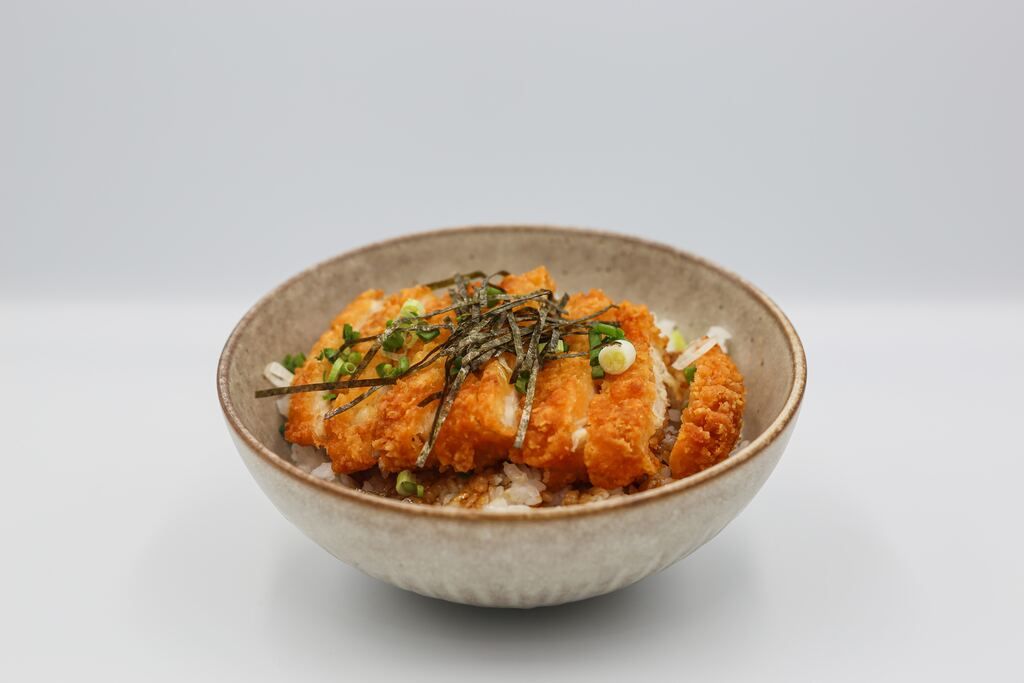
Light bites
Don’t have much of an appetite? Try a few smaller dishes. Food in Japan is always packed with flavour, so just a few bites should be enough to satisfy you. You probably already know about gyoza, the delicate dumplings that are popular across the country. These can be steamed or gently fried, and the filling might be meat, seafood, chicken or veggies. Another good choice for a light Japanese snack is yakitori, grilled chicken on a skewer. Generally, chicken thighs are used rather than the breast, as the darker meat has a richer flavour. It’s cut into small pieces before being threaded onto the skewer, making it easier to eat.
For something a little different, try tofu agedashi. People in the West often cringe at the idea of tofu, but in Japan, it’s so much more than a bland, rubbery meat substitute. In agedashi, it’s deep-fried until the exterior is delightfully crisp, then served with an umami-packed sauce of dashi stock and aromatic seasoning. The textural difference between the crisp exterior and silky smooth interior makes each bite a revelation. You’ll never look at tofu the same way again!
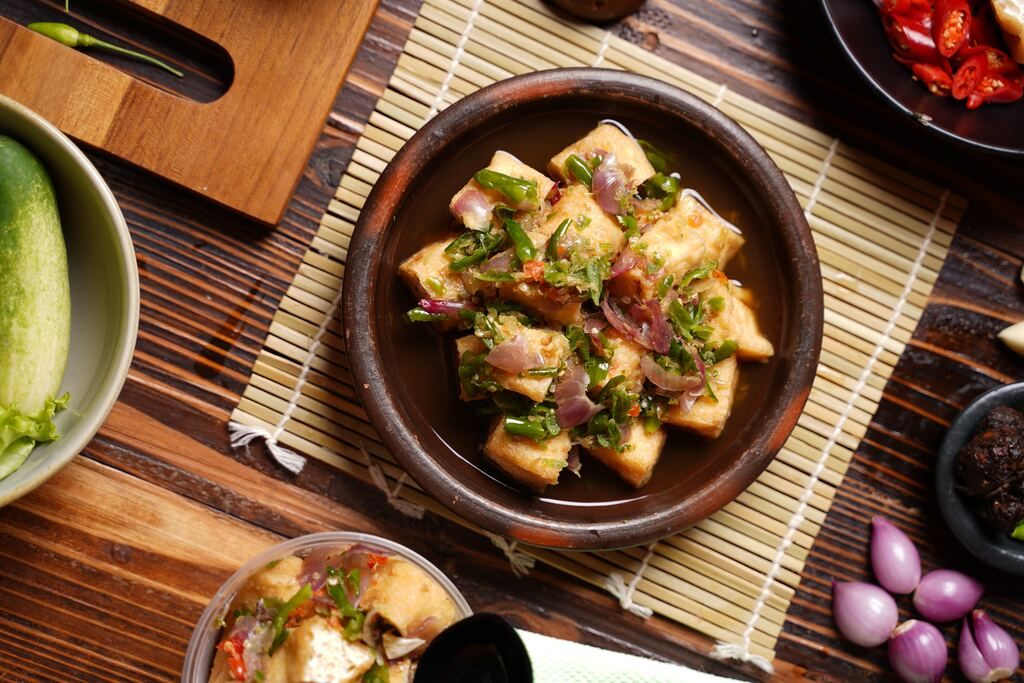
Japanese hot pot
This is a country with extreme temperatures, so food in Japan can vary enormously between the seasons. When it’s cold outside, nothing hits the spot quite like a Japanese hot pot. Try heading out to a restaurant for a shabu shabu dinner. This dish is definitely not one for lazy diners, as you’ll have to cook it yourself. The waiter will bring you hot broth and a platter of thinly sliced meat and vegetables. It’s up to you to dip them into the broth just long enough to cook them to your liking. By the time you’re done, the broth itself will have taken on an even richer, more complex flavour.
If you’ve never eaten shabu shabu before, take care. Never dump all the ingredients into the broth at once, as they won’t cook properly. Instead, go one piece at a time, quickly dipping, stirring and pulling it out. The ingredients are sliced wafer-thin, so they’ll cook in seconds when plunged into the hot liquid.
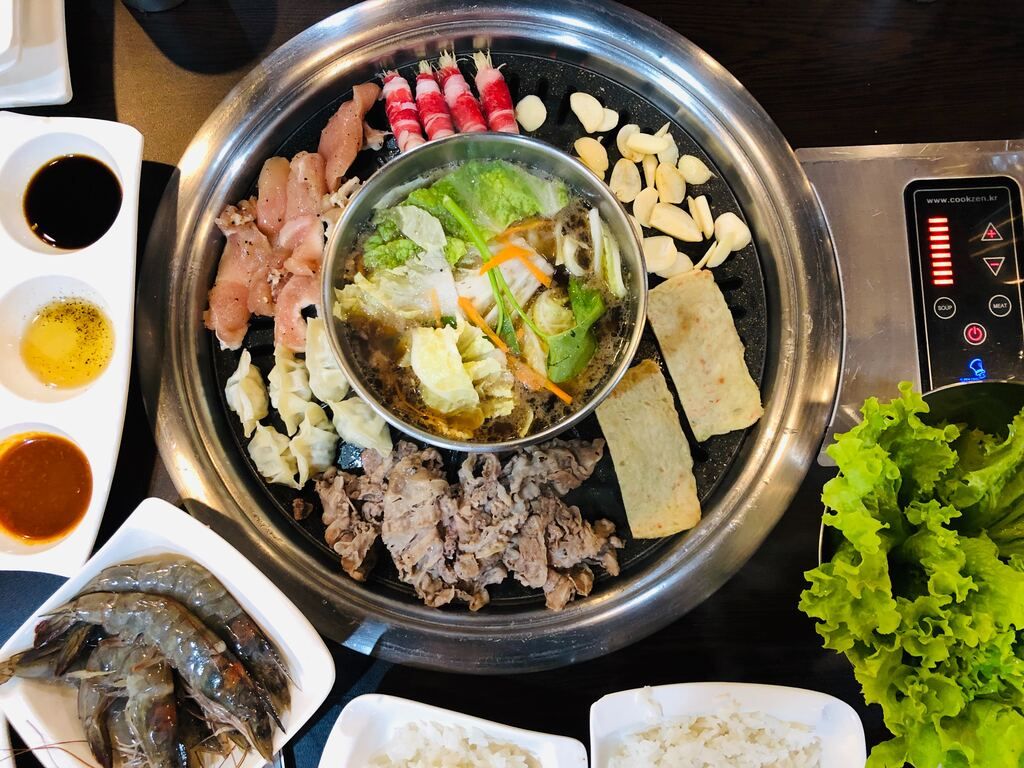
Bento box
In Japan, lunchboxes aren’t just for kids! A bento box is usually built around rice, with several different side dishes for you to mix and match. It may be as simple as fried chicken with a salad on the side. However, you can also find extremely fancy bento boxes with luxury ingredients like wagyu beef and Nobu black cod.
The festive season is one of the best times to try food in Japan. At the start of the new year, people indulge in a very special version of a bento box called osechi. The boxes themselves are usually made from beautifully lacquered wood and come in stacks. This is to symbolise the concept of piling up luck and happiness for the year ahead.
If you’re lucky enough to visit Japan over New Year, then be sure to try an osechi box. The ingredients are carefully chosen, symbolising concepts like fertility, productivity and wealth. For example, they often include prawns, which are bent at the waist — that’s a symbol of a long life. Lotus root, with its many holes, is seen as a window of hope for the future. Of course, these ingredients are pretty tasty, too!
Japanese candy
Traditionally, Japanese meals don’t end with a Western-style dessert. However, there are some great Japan sweets that visitors love, like Pocky sticks. You might also be surprised to see thousands of flavours of Kit-Kat for sale. The name “Kit-Kat” sounds like the Japanese term for luck, so it’s extremely popular here. In particular, people will often give children and teens Kit-Kats during exam season. Well, it’s easier than studying, right?
For something more traditional, try mochi (a popular food in Japan), a dessert made from pounded glutinous rice. It’s available in all kinds of flavours, from the extremely traditional to the ultra-modern. Flavours like green tea, matcha and red bean paste are favourites with the locals, but they may be a bit strange for a Western palate. To ease yourself into the world of mochi, start with chocolate, strawberry or mango mochi and then gradually work your way up to the other flavours. Though eaten all year round, it’s particularly popular during festivals.
Visiting over Christmas? Don’t be surprised by the elaborate cakes in every shop window. Although Japan is not a Christian country, it has fully embraced the tradition of eating a delicious cake in mid-December. These are not the traditional marzipan-wrapped Western fruit cakes. Instead, the sky’s the limit when it comes to ingredients and presentation. Every year, bakeries and hotels compete to see who can make the most impressive and unusual Christmas cake.
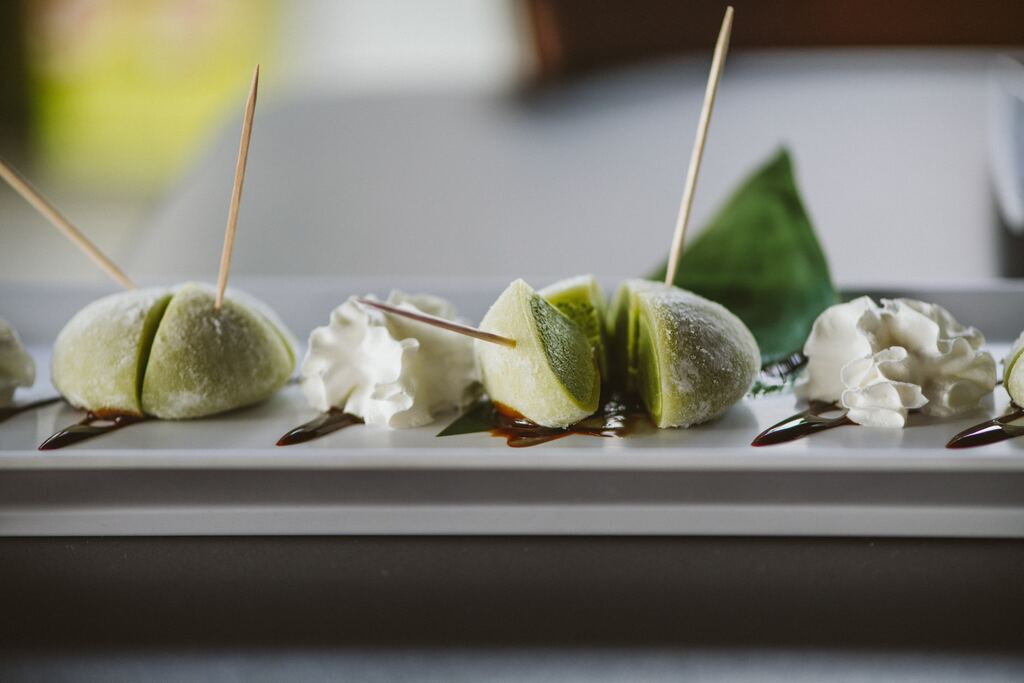
Is your mouth watering yet? It’s time to visit Japan!
Was that enough to whet your appetite? Japanese cuisine is incredibly rich and complex, with regional specialities, unusual dishes and something for everyone. Although it’s popular all over the world, the only way to truly experience the real thing is by taking a trip to Japan. If you’re a foodie at heart, it’s hard to imagine a better destination.

